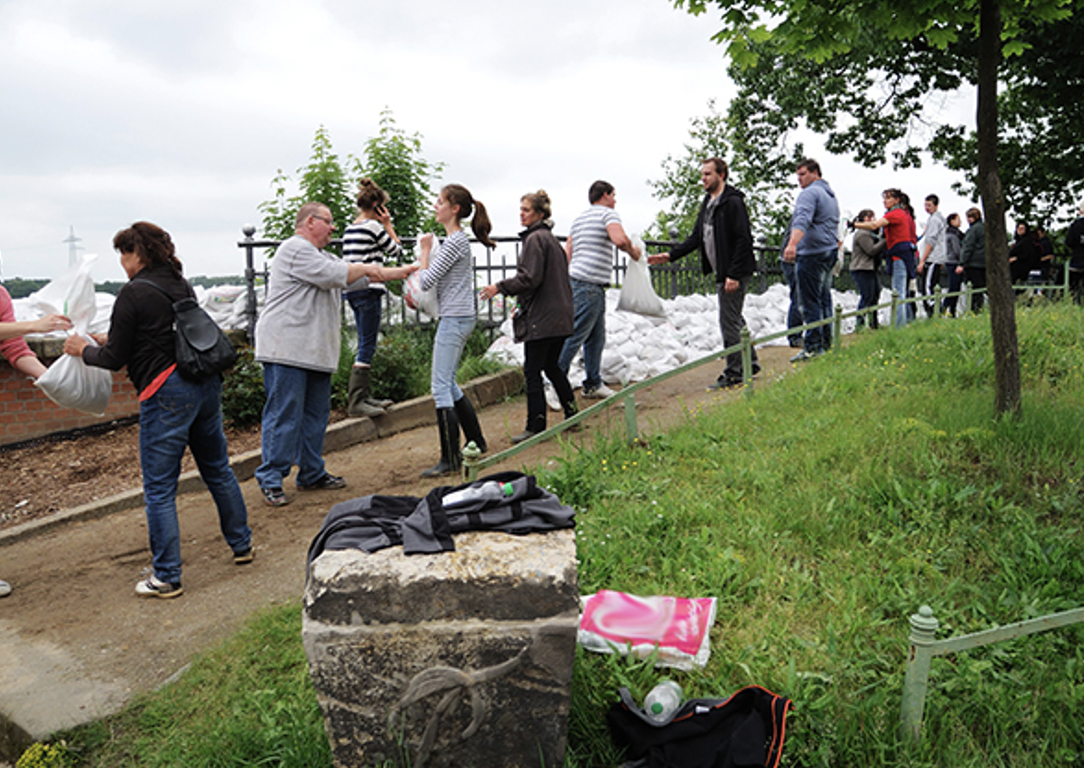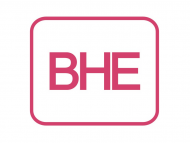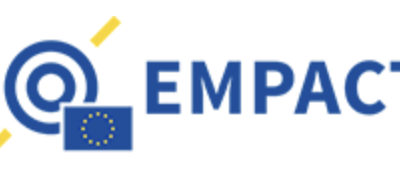A project team led by T-Systems wants to improve the coordination of disaster control with voluntary spontaneous helpers: With the KatHelfer-PRO app, the networking of mission control centres and the organisational anchoring of digital mission support in the processes of authorities and organisations with security tasks (BOS). In the future, this will enable volunteers, for example, to be informed within a very short time and assigned tasks according to their skills and availability. More than 25 partners from science, business, administration and the public are working together on this project. The Federal Ministry of Education and Research is funding the lighthouse project until 2024.
The involvement of voluntary spontaneous helpers is an important component of civil security. The app and intelligent algorithms are intended to network the volunteers with the operations control centres and enable the integration of spontaneous helpers into the work of professional rescue forces. The deployment scenario: The app automatically brings together demand and supply by means of a special mediation algorithm. This takes into account, for example, maximum working hours, rest periods, utilisation of deployment sites and travel times. The helpers receive precise information about the type and location of the assignment as well as accompanying information. Subsequently, the access authorisation to the deployment site can be securely verified via the app.
Digital deployment support: nationwide system based on open standards
The system is the first to realise a digital mission support system that enables coordinated communication between volunteers, mission control centres and emergency services. Instead of inconsistent, technically incompatible local individual solutions that make flexible integration into the respective leading systems impossible, a nationwide digital system implemented according to open standards will bring about a significant advance in the ability to cope with disasters.
The BMBF is providing about 2.4 million euros in funding for the project over two years as part of the funding measure “Innovations in the field – practical lighthouses of civil security”. The project is not only about technology, but also about the development of suitable socio-organisational aids to integrate volunteers into the work of professional rescue forces.
The project partners
The Martin Luther University Halle-Wittenberg, the University of Paderborn, Fraunhofer FOKUS, the University of Stuttgart, Malteser Hilfsdienst and the DRK Kreisverband Berlin Schöneberg-Wilmersdorf are cooperating in the project under the leadership of T-Systems. The project is supported by more than 20 associated partners, including the Arbeiter-Samariter-Bund, the Johanniter Unfall-Hilfe, the Federal Office of Civil Protection and Disaster Assistance, the Berlin Fire Brigade, the City of Halle (Saale), the City of Cottbus, the Ahrweiler District Administration, the Helferstab Hochwasser Ahr, the Senate Department for the Interior, Digitalisation and Sport of the City of Berlin, the Ministry of the Interior and Sport of the State of Saxony-Anhalt, TÜV Rheinland, as well as other universities and commercial enterprises.





